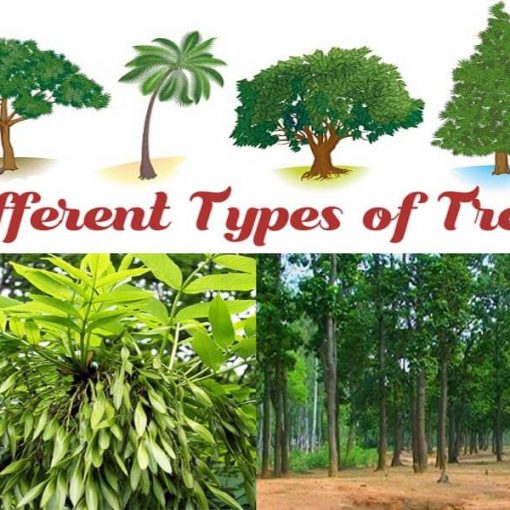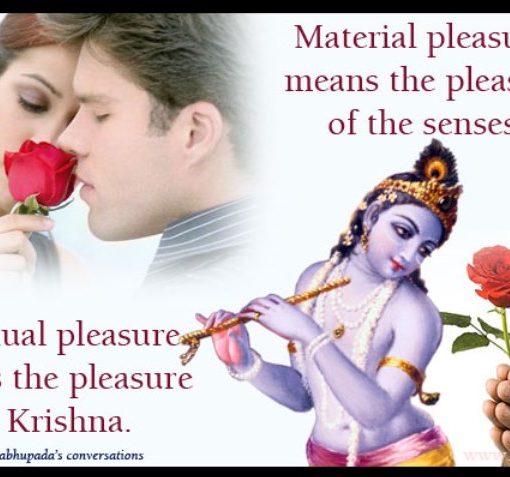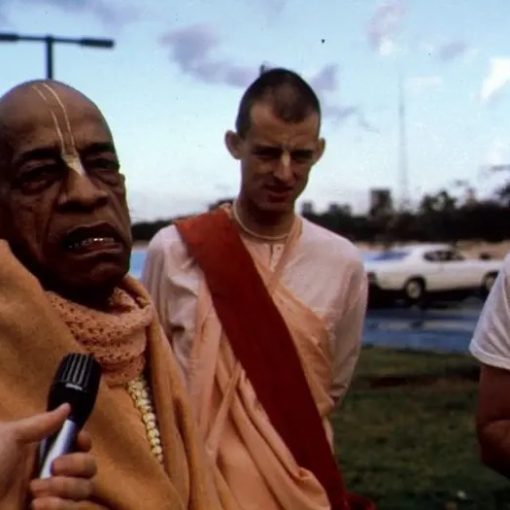Srimad Bhagavadam 4.20.7
According to Śrī Viśvanātha Cakravartī Ṭhākura, in this verse Lord Viṣṇu is describing Himself, or the Paramātmā. The Paramātmā is always distinguished from the embodied soul as well as the material world. Therefore He has been described as para. That para, or Supreme Personality of Godhead, is eka, meaning “one.” The Lord is one, whereas the conditioned souls embodied within the material world exist in many varieties of form. There are demigods, human beings, animals, trees, birds, bees and so forth. Thus the living entities are not eka but many. As confirmed in the Vedas: nityo nityānāṁ cetanaś cetanānām. The living entities, who are many and who are entangled in this material world, are not pure. However, the Supreme Personality of Godhead is pure and detached. Due to being covered by the material body, the living entities are not self-effulgent, but the Supreme Personality of Godhead, Paramātmā, is self-effulgent. The living entities, being contaminated by the modes of material nature, are called saguṇa, whereas Paramātmā, the Supreme Personality of Godhead, is nirguṇa, not being under the influence of the material modes. The living entities, being encaged in material qualities, are guṇāśrita,whereas the Supreme Personality of Godhead is guṇāśraya. The conditioned soul’s vision is covered by material contamination; therefore he cannot see the cause of his actions, and he cannot see his past lives. The Supreme Personality of Godhead, not being covered by a material body, is the witness of all the activities of the living entity. But both of them, the living entity and the Paramātmā, the Supreme Personality of Godhead, are ātmā, or spirit. They are one in quality, yet they are different in so many ways, especially in regard to the six opulences the Supreme Personality of Godhead has in full. Full knowledge means that the jīva-ātmā, the living entity, must know both his position and the Supreme’s position. That is full knowledge.





